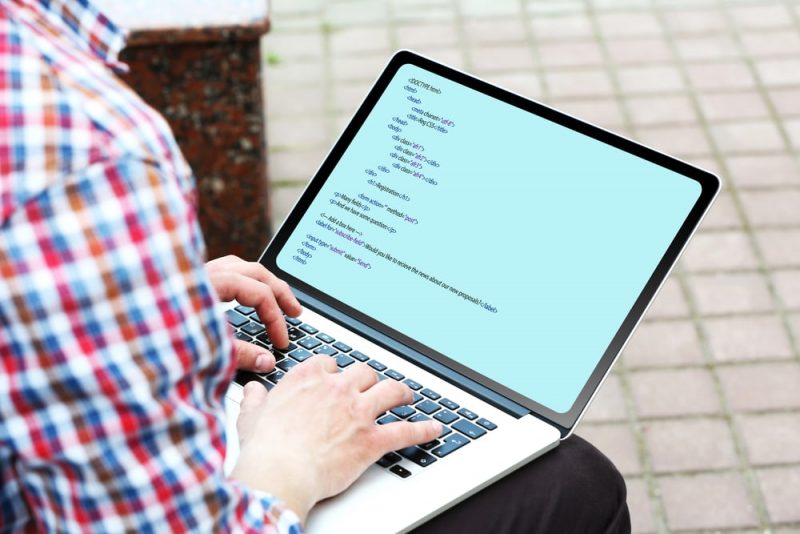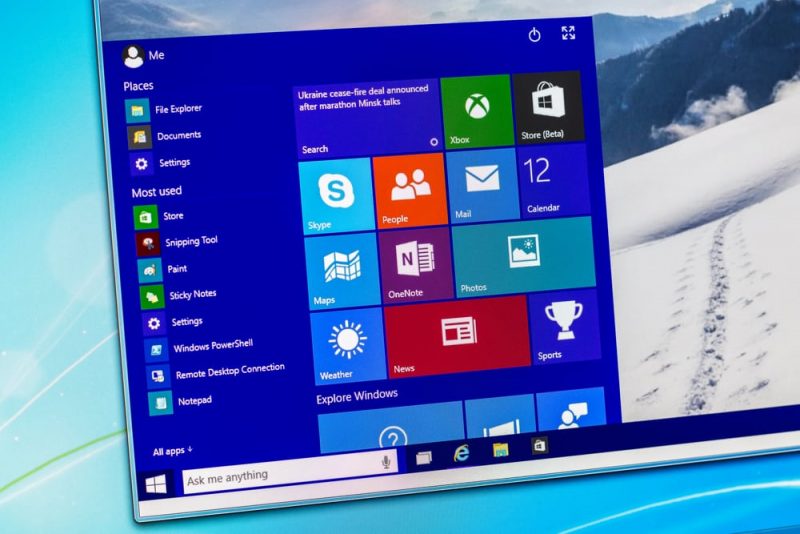In computing, the terms hardware and software they allude to different aspects of any computer system: the physical and digital aspects, respectively, the body and soul of every computer.
The hardware It is the set of physical parts that make up the body of a computerized system: the plates, circuits, mechanisms and electrical devices, as well as processing, support and connection. For example: monitor, keyboard, printer.
In fact, the hardware can be classified and ordered according to its function in the general process of the system:
- processing hardware. The heart of the system, enters, calculates and solves the operations necessary for its operation.
- storage hardware. It serves to contain the information and data of the system. It can be primary (internal) or secondary (removable).
- peripheral hardware. It is the set of attachments and accessories that can be incorporated into the system to provide it with new functions.
- input hardware. It allows data to be entered into the system by the user or operator, or from telecommunications networks and systems.
- output hardware. It allows extracting information from the system or sending it to telecommunications networks.
- Mixed hardware. It fulfills the functions of input and output at the same time.
The software it is the intangible content of the system: the set of programs, instructions and languages that carry out the tasks and serve as an interface with the user. In turn, the software can be classified according to its main function in:
- System or basic software (operating system). They are in charge of regulating the functioning of the system and guaranteeing its maintenance. They are usually built into the system before the user accesses it. For example: Windows 10, Linux, Ubuntu.
- app software. All those additional programs that can be incorporated into the computer once the operating system is installed and that allow carrying out endless possible tasks, from word processors to internet browsers or design tools or video games. For example: Chrome, Paint, Skype.
As a whole, hardware Y software integrate the entire computer system.
hardware examples

- monitors or screens. In which information and processes are displayed to the user. They are usually considered output hardware, although there are touch monitors that also allow data entry (mixed).
- keyboard and mouse. The classic mechanisms of entry or incorporation of data by the user, the first through buttons (keys) and the second mainly through movements.
- Video-cameras. also called webcam, since they became popular with the advent of the Internet and videoconferencing, are a typical image and audio input mechanism.
- Processor. The CPU core (Central Processing Unit), is a chip capable of performing thousands of calculations per second and that provides the central information processing power to the computer system.
- Network card. A set of electronic circuits integrated to the motherboard of the CPU and that give the computer the possibility of interacting with different remote data networks.
- RAM Memory Modules. Circuits that integrate various random access memory modules into the system (RAM where the various system processes are going to be executed).
- printers. Very common peripherals that transcribe to paper the digital information handled by the system (output). There are various models and trends, some of which even allow data to be entered from a scanner (mixed).
- scanners. Input peripherals, which digitize the content entered in the best way of a photocopier or the now extinct faxes, and allows it to be reproduced digitally for sending, storage or editing.
- Modem. Communications component, often integrated into the computer, responsible for handling data transmission protocols (output) for connection to computer networks.
- hard drives. The storage hardware par excellence, contains the basic information of any computer system and also allows the data entered by the user to be archived. It is not removable and is inside the CPU.
- CD/DVD reader. Mechanism for reading (and often writing, that is, mixed) of removable disks in CD or DVD format (or both). It is used to extract and save information from said supports, for their extraction and physical transfer or to reinsert them in the system from original matrices.
- pen drivers. The most practical information transfer peripheral available to date, it allows you to quickly enter and extract system data in its memory storage body and carry it in a pocket. It connects via USB ports and is usually quick, easy, and discreet.
- Electric battery. Although it may not seem like it, the power source is an essential accessory for the system, especially in computers or portable digital devices, but also in desktop or fixed ones, since it allows certain sectors of the system to be kept running at all times, such as those in charge to perpetuate the time and date, or similar information.
- floppy drives. Already globally extinct, floppy disk drives read and wrote information on floppy disks, a very popular storage medium during the 1980s and 1990s. Today they are nothing more than a relic.
- Video cards. Similar to the network ones, but dedicated to processing visual information, they allow greater and better displays of information on the screen, and novel models are often necessary for the execution of design software or even movie video games.
software examples

- Microsoft Windows. Perhaps the most popular operating system in the world, used in thousands of IBM computers and that allows the management and interaction of the different computer segments from a friendly user environment, based on windows that overlap with information.
- MozillaFirefox. One of the most popular Internet browsers, available for free download. Allows user interaction with the world Wide Web, as well as perform data searches and other types of virtual interactions.
- Microsoft Word. Probably the most popular word processor in the world, part of the Microsoft Office suite, which includes tools for business, database management, presentation making, etc.
- Google Chrome. Google’s browser imposed a paradigm of lightness and speed in the field of Internet browsers and quickly became popular among Internet enthusiasts. Its success was such that it opened the door to Google operating system projects and other software to come.
- photoshop. Application for image editing, elaboration of visual design content and various tasks of photographic retouching, aesthetic composition and others, from the company Adobe Inc. It is undoubtedly a popular software in the world of graphic design.
- Microsoft Excel. Another tool from the Microsoft Office suite, this time to create and manage databases and information tables. It is extremely useful for administrative tasks and accounting.
- Skype. Very popular telecommunications software, which allows you to make video calls or even video conferences over the Internet for free. Even if you don’t have a camera or don’t want to use it, it can become like a phone call, using data instead of phone pulses.
- CCleaner. Digital tool for cleaning and maintenance of the computer’s operating system, capable of detecting and eliminating malicious software (viruses, malware) and accommodating registry errors or other consequences of the use of the system itself.
- AVG Antivirus. A defense application: protects the system from potential intrusions by third parties or malware from networks or other infected storage media. It acts as a digital antibody and a protection shield.
- winamp. Music player for both IBM and Macintosh systems, is freely distributed and keeps up with trends in internet radio, podcasts and more.
- Nero CD/DVD Burner. In clear disuse, this tool allowed you to personally manage the CD or DVD writing units, as long as you had the appropriate hardware.
- VLC Player. Video playback software in various compression formats, which allows the multimedia display of audio and image required to watch movies or series in digital.
- comics. A popular viewer for digital comics, which allows you to open image files of different formats to have a reading experience similar to that of physical comics, being able to determine the size, the zoom of the image, etc.
- OneNote. This tool is used to take and manage personal notes, like a small notebook in your pocket. Using it, you have quick access to lists, annotations or reminders, so it also acts as an agenda.
- MediaMonkey. An application that allows you to play, order and manage music and video files, through a series of libraries that attend to author, album, and other relevant information, as well as synchronize them with mobile devices such as music players and cell phones.
I’m still with:
- office tools
- What are the operating systems?
- Classification of the operating systems
